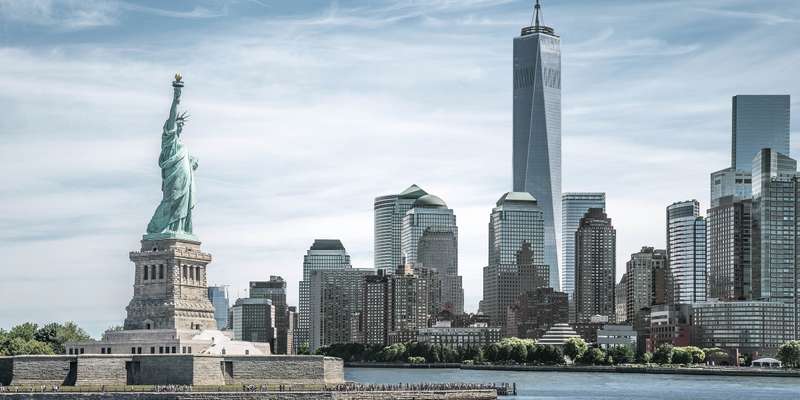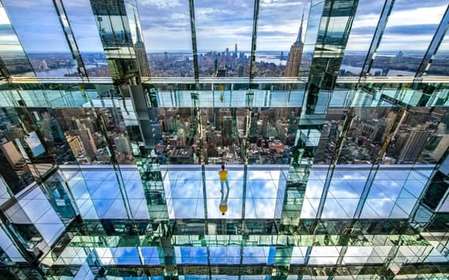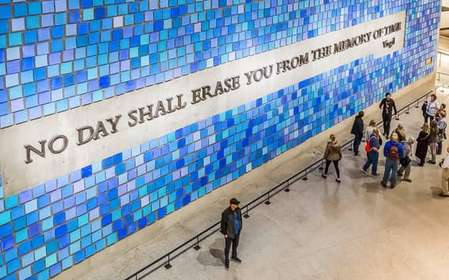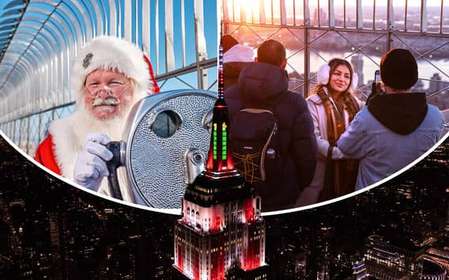- Home
- Useful Tips
- Wheelchair access at the Museum...
Navigating world-class museums with mobility challenges often feels like solving an invisible puzzle. At New York's Museum of Modern Art, wheelchair users face unique hurdles – from unclear access routes to crowded galleries that compromise movement. Over 30% of travelers with disabilities report abandoning cultural visits due to accessibility uncertainties, transforming what should be inspiring experiences into sources of anxiety. The MoMA's vast collection across multiple floors presents particular difficulties, with many visitors unaware of hidden elevators, accessible restroom locations, or specialized viewing areas for major exhibits. These oversights can turn an anticipated highlight of any NYC trip into a frustrating series of barriers. Understanding the museum's physical layout and available accommodations makes the difference between confronting obstacles and enjoying seamless access to modern masterpieces.


Navigating MoMA's layout with a wheelchair
The MoMA's 630,000-square-foot space spans six floors, but wheelchair users can access all exhibition areas through strategically placed elevators. Many first-time visitors miss the accessible entrance on 54th Street, which avoids the main staircase congestion. Inside, galleries maintain ADA-mandated 32-inch pathways, though temporary exhibits sometimes create pinch points during peak hours. Smart navigation involves starting on the fifth floor and working downward to follow the chronological art progression while avoiding elevator crowds. The sculpture garden offers a spacious respite with bench seating and wheelchair-friendly gravel pathways. Staff at information desks carry detailed accessibility maps highlighting optimized routes between iconic works like Van Gogh's Starry Night and Warhol's Campbell's Soup Cans.
Essential accessibility services most visitors overlook
Beyond basic access, MoMA provides underutilized services that transform the visitor experience. Complimentary manual wheelchairs are available at all entrances (first-come basis), with lightweight models easier to maneuver in tight spaces. The museum's mobile app includes an accessibility mode featuring audio-described tours and elevator wait-time alerts. For visitors needing personal care attendants, admission is free for one essential companion – a policy rarely advertised but invaluable for many. Those with limited hand mobility can request touchscreen styluses at ticketing desks to better interact with digital exhibits. Perhaps most crucially, the museum offers 'Access Morning' events before general opening hours on select Sundays, allowing wheelchair users to enjoy popular galleries at 40% reduced capacity.
Timing your visit for optimal wheelchair access
Crowd levels dramatically impact wheelchair accessibility at MoMA. Friday evenings during UNIQLO Free Hours (4-8pm) see the highest attendance, making navigation challenging even with wide pathways. Midweek mornings, particularly Tuesdays and Wednesdays, typically have 60% fewer visitors according to museum analytics. The first opening hours (10:30am-12pm) provide ideal conditions for unhurried gallery viewing, while lunch hours (1-2:30pm) see predictable surges near dining areas. Rainy days create unexpected crowding as tourists shift from outdoor activities – checking the weather forecast helps avoid these spikes. Those planning to visit multiple floors should note elevator queues form quickly after 2pm; strategic timing between guided tour groups (which move en masse every 20 minutes) creates natural circulation windows.
Accessible dining and rest facilities inside MoMA
MoMA's dining options cater thoughtfully to wheelchair users, though some require advance planning. The Terrace Café on the fifth floor offers the most spacious seating and panoramic views, with adjustable-height tables available upon request. For quick snacks, the Ground Floor Coffee Bar has lowered counters but limited seating during peak times. Accessible restrooms with adult-changing tables are located on the second, fourth, and fifth floors, each featuring automatic doors and emergency call buttons. Few visitors realize the museum allows re-entry with ticket stamps – a valuable option for those needing nearby accessible restaurants like The Modern (connected to MoMA) or to take mobility breaks at the 53rd Street pocket park. Water bottle fill stations positioned near all elevators help maintain hydration during extended visits.



